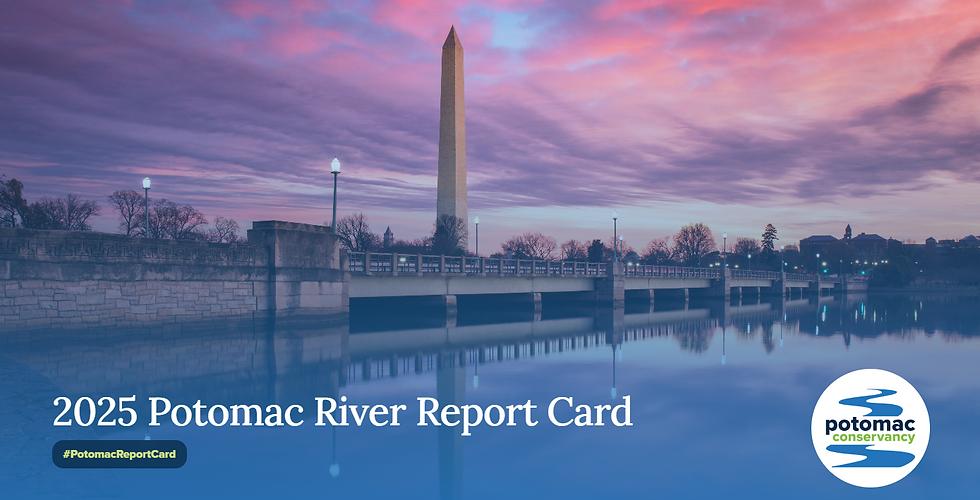Sharing Effective Communications Strategies with Educators in Washington State
- CRIMSONBRIDGE

- May 24, 2017
- 2 min read
This month, Reaching and Engaging with Hispanic Communities: A Research-Informed Communication Guide for Nonprofits, Policymakers, and Funders, a publication produced by Child Trends Hispanic Institute and The Crimsonbridge Foundation, was presented at the Washington State Charter Schools Association Annual Conference. The annual conference is the association’s largest convening of the year, bringing together more than 300 national, regional and local experts engaged in the state’s growing charter school sector.
Conference organizers first learned about the Communication Guide at a session presented at The Communications Network’s Annual Conference in Detroit last September, and asked if the session could be replicated for their audience of teachers, administrators, board members, and others. The association’s conference participants were encouraged to attend the session to receive specific recommendations on the strategies that have the best potential for reaching and serving Latinos that are highly relevant to student recruitment and enrollment.
“The Latino population in the U.S. is heterogeneous. For this reason, a one-size-fits-all approach to engaging the population will not be effective” noted Selma Caal, the Child Trends research scientist who presented the session. “In partnership with the Crimsonbridge Foundation, we were able to identify an evidence informed, multi-prong strategy to engaging Latinos of varying backgrounds and ages.”
The Reaching and Engaging with Hispanic Communities Communication Guide is available as a free downloadable resource. To date it has been shared with thousands of professionals throughout the United States and has become a resource for nonprofit, public and private sector users. As explained in the session description on the conference website in Washington State, “As the Latino population has grown, so has the number of organizations that provide services to them. Successfully reaching and engaging Latinos involves knowing your audience and making investments in the most relevant communications and outreach strategies.”



